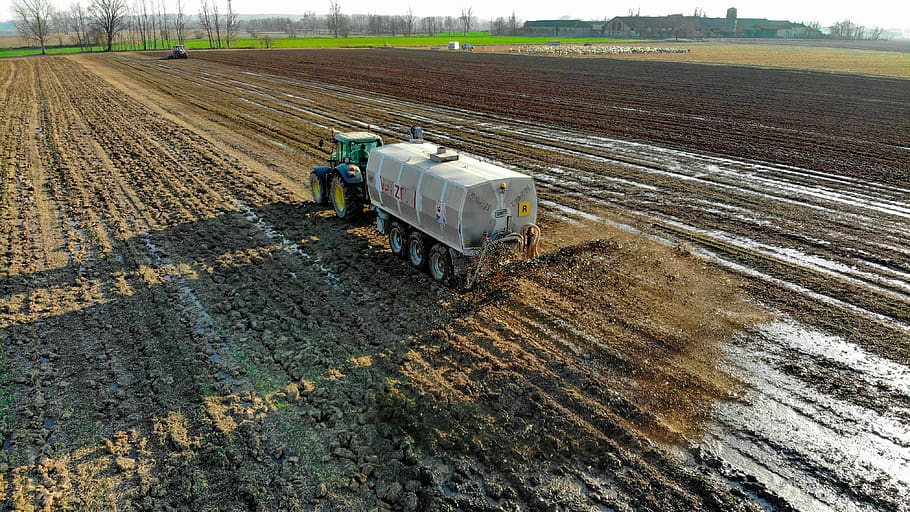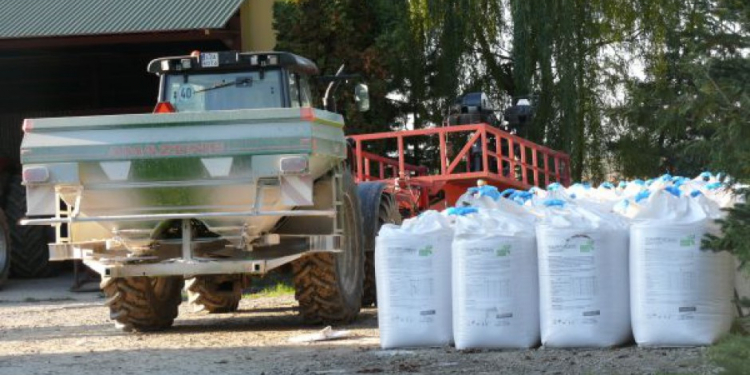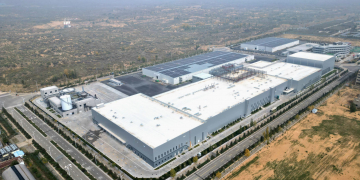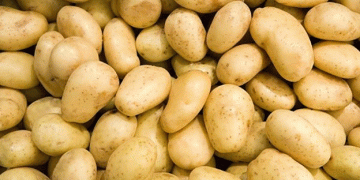This guest commentary was provided by The Fertilizer Institute: Today’s high fertilizer prices are hardly a secret.
The underlying reasons for the cost of these critical products, however, are multiple, and ultimately determined by a complex interplay of domestic and international political and economic factors. In fact, fertilizer prices are generally set by supply and demand dynamics just like other globally traded commodities, such as corn, soybeans, and wheat. The recent increases are even more pronounced given that many fertilizer prices were near 10-year lows from mid-2019 to mid-2020. To say that farmers have noticed would be an understatement, even though fertilizer prices in the United States are in many cases among the lowest in the world.

Fertilizer is essential to growing the food, fuel, and fiber our world relies upon. Because fertilizer is often a farmer’s largest input expense, any increase is going to be felt. Going without fertilizer is not an option, so farmers are left with tough choices. Do they stay the course hoping crop prices remain high and help buoy farm profitability? Do they plant a less fertilizer-intensive crop in the spring? Do they use less product and hope their yields don’t suffer? No matter the decision made, it is understandable that farmers are left uncertain, fearful, and even angry about how to handle the current rise in prices.
- Even though markets are typically quiet in December, Dan Basse of AgResource Company says the volatility is here to stay to close out the calendar year.
This year has also seen several unique situations that, taken together, have negatively affected the global fertilizer industry. This was a record year for fertilizer production facility maintenance “turnaround” activity. These scheduled events typically last several weeks and are required every few years. Due to COVID-19 restrictions last year, maintenance was deferred on a global scale. Through mid-year, the International Fertilizer Association reported production was down 3 percent for ammonia, owing to this combination of factors. Weather disruptions have impacted global supply availability and the United States was one of the hardest hit, where U.S. fertilizer producers also faced production disruptions this year from the impact of ice storms in February and Hurricane Ida in August.
In recent months, higher global natural gas prices have had an impact on fertilizer prices. The greatest challenge to global fertilizer production now is in Europe, where natural gas prices have quadrupled this year. These costs led many facilities to idle as production costs exceed market prices. In addition to rising natural gas costs, shortages of coal in Asia, which this region uses to manufacture nitrogen, have contributed to rising fertilizer prices, as well.
International events have also driven up costs. For example, sanctions on Belarus have affected the availability and price of potash. Additionally, China, which accounts for 25 percent of global phosphate exports and 10 percent of global urea exports, has placed an export ban on phosphate and nitrogen fertilizer materials, further tightening the global market. Other countries have also announced restrictions on fertilizer exports to ensure their own domestic supply.
All these factors matter because farmers cannot just skip fertilizer applications. Manufactured and mined fertilizer of three elements – nitrogen, phosphorous, and potassium – are all necessary ingredients for the success of the world’s food supply. In fact, fertilizer is essential to feeding about 40 percent of the world’s population and preventing significant deforestation by improving soil yield. Simply, fertilizer is critical to our collective ability to grow enough food to feed the world.
So, what can be done?
The entire fertilizer industry value chain, from producers to wholesalers to importers to retailers, is working hard to address these issues. U.S. manufacturers and importers are working closely with wholesalers and retailers to help U.S. farmers continue to have access to reliable sources of fertilizer. Domestic fertilizer manufacturers are producing at capacity and have invested in new and upgraded production and storage facilities over the last decade to provide a reliable source of fertilizer supply to the American farmer, while also creating thousands of good-paying jobs and supporting local communities.
Government policy in several areas can support the industry and its customers. The current supply chain crisis is a stark reminder that infrastructure is of the utmost importance to all businesses, including the movement of domestically produced and imported fertilizer. Trucking capacity and the shortage of drivers need to be addressed, as do rail shipping rates and other modernization of rail oversight. In the medium-to-long term, the new investment in American’s road, inland waterway, and other core infrastructure that will come from the Infrastructure Investment and Jobs Act will enable the industry to move product more efficiently and cost-effectively.

Another area of policy focus must be ensuring we do not exclude ourselves from our own essential resources. It is vital that fertilizer producers have access to affordable natural gas and other energy supplies, which also includes the pipelines that move these materials. As well, there needs to be improvements in the permitting process, which is unpredictable and often delayed. For potash and phosphate mining operations, for example, acquiring the proper mining permit can take years and often costs more than $10 million.
Weathering the storm of the global supply and demand challenges will be best accomplished through strong collaboration between suppliers and customers. Growers should know that the U.S. fertilizer industry is committed to keeping the lines of communication open in anticipation of the spring planting season.







